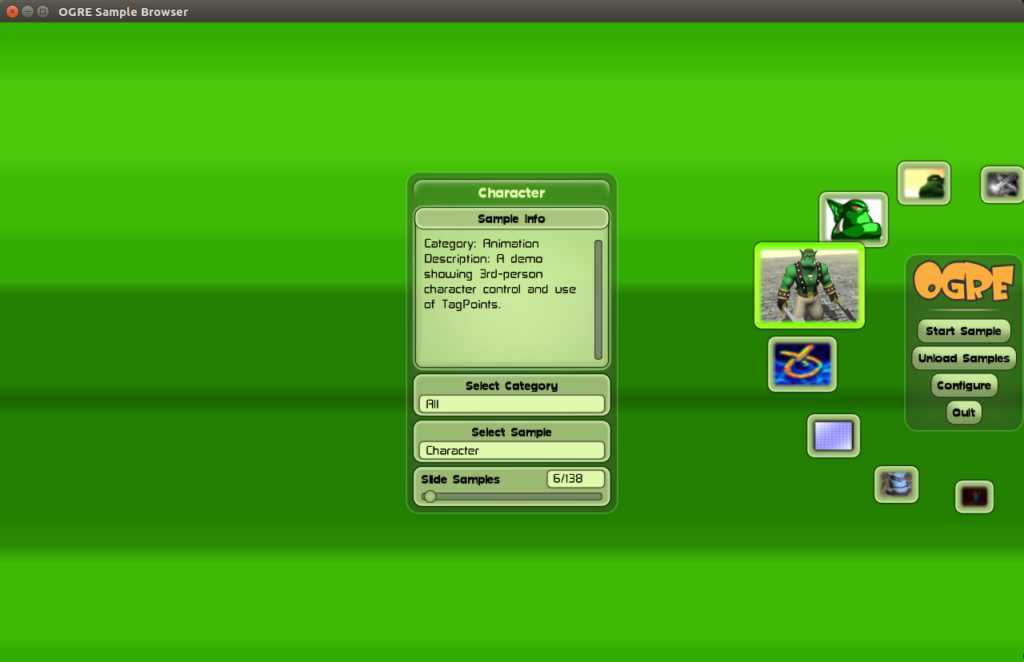Snap is a new packaging format introduced by Ubuntu as an successor to dpkg aka debian package. It offers sandboxing and transactional updates and thus is a competitor to the flatpak format and resembles docker images.
As with every new technology the weakest point of working with snaps is the documentation. Your best bet so far is the snappy-playpen repository.
There are also some rough edges regarding desktop integration and python interoperability, so this is what the post will be about.
I will introduce some quircks that were needed to get teatime running, which is written in Python3 and uses Unity and GTK3 via GObject introspection.
The most important thing to be aware of is that snaps are similar to containers in that each snap has its own rootfs and only restricted access outside of it. This is basically what the sandboxing is about.
However a typical desktop application needs to know quite a lot about the outside world:
- It must know which theme the user currently uses, and after that it also needs to access the theme files.
- For saving anything it needs access to /home
- If it should access the internet it needs system level access as well; like querying whether there actually is an active internet connection
To declare that we want to write to home, play back sound and use unity features we use the plugs keyword like
apps:
teatime:
# ...
plugs: [unity7, home, pulseaudio]
However we must also tell our app to look for the according libraries inside its snap instead of the system paths. For this one must change quite a few environment variables manually. Fortunately Ubuntu provides wrapper scripts that take care of this for us. They are called desktop-launchers.
To use the launcher the configures the GTK3 environment we have to extend the teatime part like this:
apps:
teatime:
command: desktop-launch $SNAP/usr/share/teatime/teatime.py
# ...
parts:
teatime:
# ...
after: [desktop/gtk3]
The desktop-launch script takes care of telling PyGTK where the GI repository files are.
You can see the full snapcraft.yml here.
Update:
Before my fix, one had to use this rather lengthy startup command
env GI_TYPELIB_PATH=$SNAP/usr/lib/girepository-1.0:$SNAP/usr/lib/x86_64-linux-gnu/girepository-1.0 desktop-launch $SNAP/usr/share/teatime/teatime.py
which hard-coded the architecture.
End Update
After this teatime will start, but the paths still have to be fixed. Inside a snap “/” still refers to the system root, so all absolute paths must be prefixed with $SNAP.
Actually I think the design of flatpak is more elegant in this regard where “/” points to the local rootfs and one does not have to change absolute paths. To bring in the system parts flatpak uses bind mounts.
Conclusions
Once you get the hang of how snaps work, packaging becomes quite straightforward, however currently there are still some drawbacks
- the snap package results in 120MB compared to a 12KB deb. This is actually a feature as shipping all the dependencies makes the snap installable on every linux distribution. However I hope that we can get this down by introducing shared frameworks (like GTK3, Python) that do not have to be included in the app package.
- [Update: fixed] Due to another issue, your snap has only the C locale available and thus will not be localized.
- [Update: fixed] Unity desktop notifications do not work. You will get a DBus exception at the corresponding call.
- [Update: fixed] The shipped .desktop file is not hooked up with the system, so you can only launch the app via the command line.
